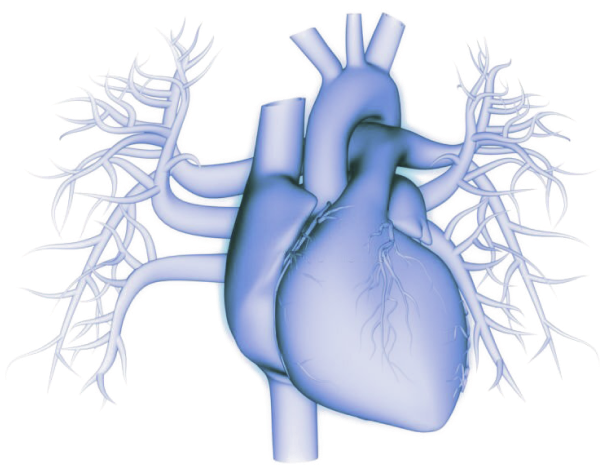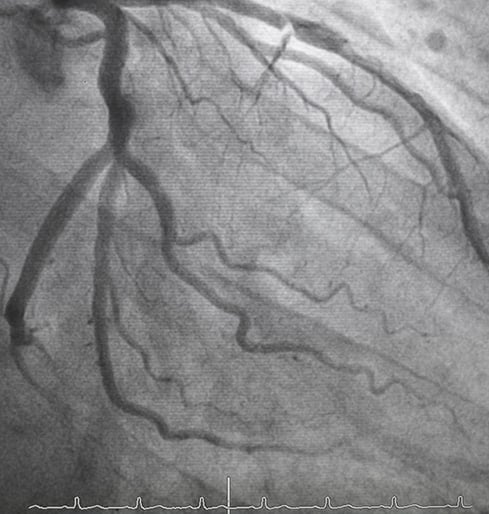Conditions & Symptoms
Clinical Cardiology

Cardiac Imaging and Diagnostics
Electrophysiology
Invasive & Interventional Cardiology
Vein & Vascular Care
Procedural Lab
(In-Office)
Preventive Services
CVM Locations
Angina
Angina Symptoms
The most common cause of angina is cholesterol buildup, but it’s not something that happens overnight. For this reason, your risk of experiencing angina increases with age.
Angina is a symptom of coronary artery disease and affects both men and women. In men, the risk increases at age 45, and in women, at age 55. Angina symptoms can develop at any time and can be triggered by physical activity, such as walking up a flight of stairs, or while sedentary, such as sitting on the couch. Because everyone experiences angina differently, you may feel symptoms right away or over the course of 20-30 minutes, including:
- Chest pain
- Nausea
- Shortness of breath
- Dizziness
- Fatigue
- Sweating

How is Angina Diagnosed?
Angina can be confused with gallbladder disease, stomach ulcers, and acid reflux. If you’re experiencing angina symptoms, it’s important that you see your doctor for diagnostic testing right away. These tests are minimally invasive and may include walking on a treadmill or riding a stationary bike to elevate your heart rate.
An electrocardiogram, which measures your heart’s rhythm and electrical activity, is the most common test used when diagnosing angina. However, there are a variety of additional tests your doctor may order to ensure your heart is functioning properly, including:
- Stress test (with or without imaging)
- Blood test
- Chest x-ray
- Chest CT
- Coronary CT angiography
- Cardiac MRI
- Coronary angiography
Angina Treatment
Once your diagnosis is made, your doctor may recommend medication to manage your symptoms, including:
- Nitrates to widen your blood vessels and improve blood flow
- Aspirin to reduce clotting
- Beta-blockers to slow your heartbeat down
- Statins to lower cholesterol
- Calcium antagonists to widen blood vessels
If lifestyle changes and medicine are not enough to curb symptoms, your doctor may recommend the following interventional procedures:
- Coronary angioplasty with stent insertion, known as percutaneous coronary intervention (PCI), is a minimally invasive procedure that uses a small balloon to improve blood flow in a blocked artery. A permanent tube known as a stent helps the artery stay open. The stent usually contains medication to improve its functioning.
- Open-heart surgery may also be needed to clear clogged arteries and improve blood flow. Coronary artery bypass graft surgery is a common procedure that uses a blood vessel from another part of the body to create a new path so blood can flow to your heart. Doctors generally reserve surgery for those with several severely blocked arteries.
More on Angina
Causes of Angina
Typically, an unhealthy diet leads to the build-up of plaque in your bloodstream, which impedes blood flow to your heart. But there are several additional factors that can increase your risk for developing angina, including:
- Family History
- Smoking
- Lack of exercise
Meet Your Illinois and Iowa
Cardiovascular Physicians
In Search of Care? Request a Consultation Today



